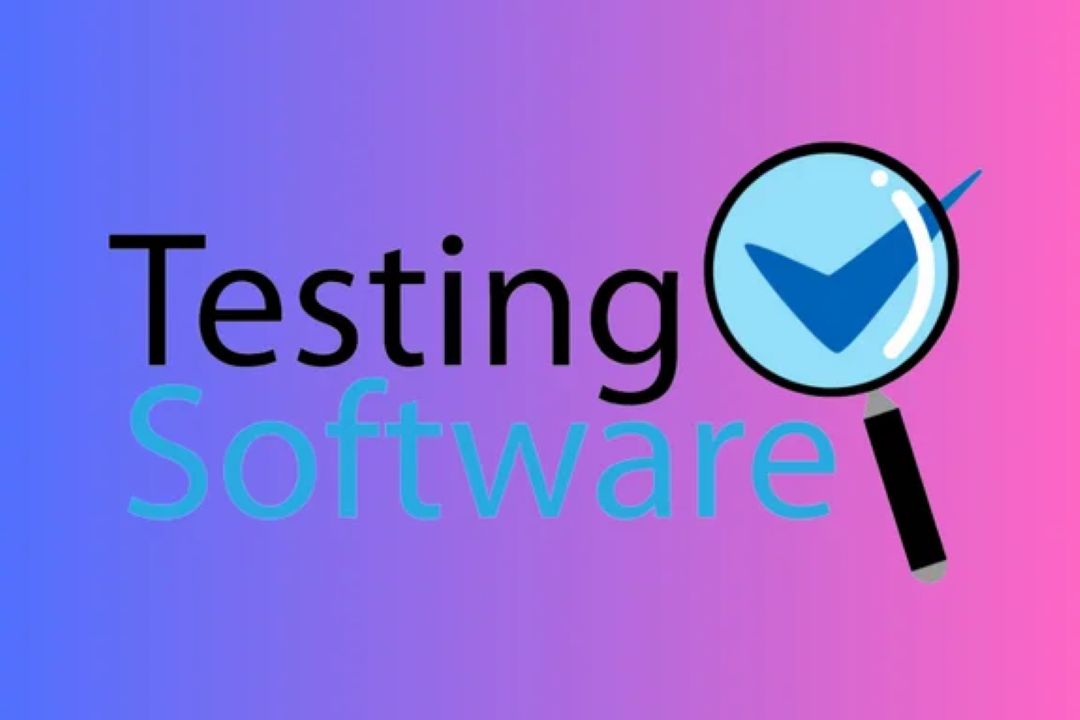Test Process in Software Testing
Key Elements of the Software Testing Process
Test Process in Software Testing
The test process in software testing is a critical phase that helps to identify and rectify defects in the software before it is released to the users. It ensures quality, reliability, and functionality of the software by systematically evaluating its performance against specified requirements. Through various testing techniques and methods, the test process helps to validate the software's behavior and functionality under different conditions, ultimately leading to a more robust and stable product. By conducting thorough testing, potential issues and risks can be mitigated early in the development lifecycle, resulting in improved software quality and customer satisfaction.
To Download Our Brochure: https://www.justacademy.co/download-brochure-for-free
Message us for more information: +91 9987184296
1 - Understanding the Test Process:
The test process in software testing involves a series of activities aimed at verifying and validating the software to ensure it meets the specified requirements and functions as intended.
2) Test Planning:
This initial phase involves setting objectives, defining scope, establishing resources, determining timelines, and creating the test plan.
3) Test Design:
In this phase, test cases and test scenarios are designed based on the requirements and functional specifications of the software.
4) Test Execution:
Test cases are executed based on the test plan and results are compared with expected outcomes to identify defects or deviations from requirements.
5) Defect Reporting:
Any issues or discrepancies discovered during the test execution phase are reported in a systematic manner using defect tracking tools.
6) Defect Management:
Defects are prioritized, assigned, and tracked to ensure timely resolution and retesting of fixed issues.
7) Regression Testing:
Once defects are fixed, regression testing is performed to ensure that the changes have not introduced new issues or impacted existing functionalities.
8) Test Closure:
The final phase includes evaluating test results, generating test reports, obtaining stakeholders' feedback, and formally closing the testing process.
9) Automation Testing:
Utilizing tools and frameworks to automate repetitive test cases and tasks to improve efficiency and accuracy in testing.
10) Performance Testing:
Evaluating the system's performance under varying load conditions to ensure it meets performance requirements.
11) Security Testing:
Identifying vulnerabilities in the software and ensuring that the system is secure against potential threats and attacks.
12) Compatibility Testing:
Testing the software across different browsers, devices, and platforms to ensure consistent functionality and appearance.
13) Usability Testing:
Assessing the software's user interface and user experience to ensure it is intuitive and easy to use for end users.
14) Training Program for Students:
A comprehensive training program can cover the fundamentals of software testing, including test process methodologies, types of testing, tools and techniques, and practical hands on experience in testing environments.
15) Benefits of Training Program:
The training program can equip students with essential skills and knowledge required to pursue a career in software testing, enhance their employability prospects, and empower them to contribute effectively to the software development lifecycle.
Browse our course links : https://www.justacademy.co/all-courses
To Join our FREE DEMO Session: Click Here
Contact Us for more info:
Web Designing Course In Delhi With Placement
Html Course With Certificate
Python Training In Ameerpet
Best Platform To Learn Html And Css
Web Development In Hyderabad











